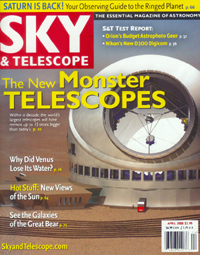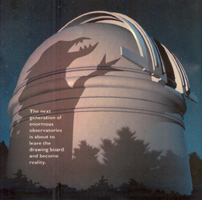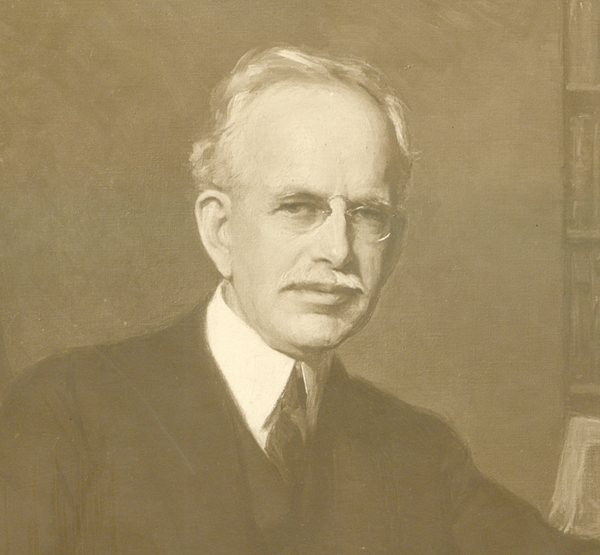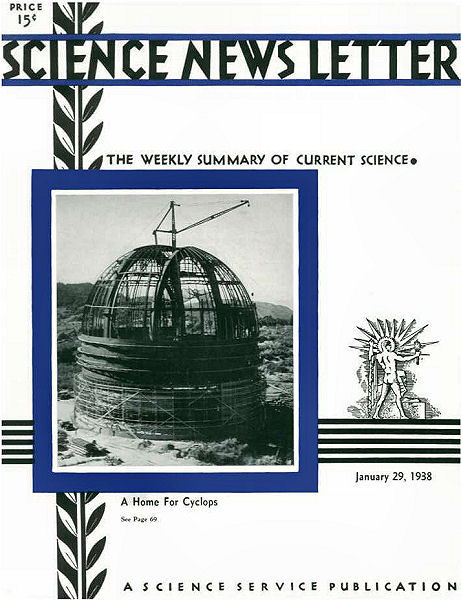Recently I have had the honor to correspond with Dr. Barbarina Zwicky, the daughter of Fritz Zwicky. In honor of the occasion of his 110th birthday she has sent to me her words to mark this day. Thank you Barbarina!
In Memoriam Fritz Zwicky 110th Birthday
Fritz Zwicky was a scientific prophet, who pronounced the amazing theory of Dark Matter, Dunkle Materie, more than 80 years ago, which was rejected during his lifetime. His genius and stunning theories still benumb the senses of the scientific community and challenge their professional expertise. History tells us that prophets are rejected and persecuted during their lifetime, only to have their theories and prophecies confirmed after their passing. So it is with my father, who endured persecution during his lifetime only to have his theories be accepted and verified years later. Literary assaults against him became as common as grains of sand, but were equally as unstable, holding no structure, thus becoming dissolute with the tide and time. My father’s theories continue to withstand any challenge and hold true, and remain forever as restorative truth against a such egregious and errant compass. It was in fact, the scientific community that hindered important advancements in astronomical discovery for decades, by rejecting the very concepts of my father’s super theories that they now so readily embrace. There is no doubt, that his scientific work and super theories encompass some of the most important work in astronomy today.
Supernova, Haupt Nova, was his coinage and he was the first to conduct a systematic search for Supernovae without the aid of computers and modern technology, and yet he holds the record for discovering the most supernovae as an individual. He was the pioneer of the sky survey technique and documented thousands of galaxies in the
Catalogue Of Selected Compact Galaxies And Of Post-Eruptive Galaxies, The Red Book, Zwicky Galaxy Database. The introduction identifies my father’s methodology: “I consequently engaged in the application of certain simple general principles of morphological research, and in particular the method of Directed Intuition that would allow me to predict and visualize the existence of as yet unknown cosmic objects and phenomena.”
He was research director at Aerojet Engineering Corporation (1943 - 1949) and he developed some of the earliest jet engines. He holds important patents in Jet Propulsion, Two Piece Jet Thrust Motor, Inverted Hydro Pulse, Ram Jet and Jet-Assisted Take-Off (JATO). He received the Presidential Medal of Freedom in 1949 for his wartime efforts. The Zwicky Lunar Crater and Zwicky Asteroid 1803 are named in his honor.
The Friendly Guide To The Universe, by Nancy Hathaway, captured my father’s essence. Harvard astronomer, Cecilia Payne-Gaposchkin, wrote an obituary in the May 1974 issue of Sky & Telescope that equally identified his true persona with sagacious and kind insight.
I was the youngest daughter of three daughters, and was as such, particularly blessed. Fritz Zwicky was a great father, concerned, kind, caring, generous and great fun. There was always great conversation during our long lunches in Switzerland, accompanied by much laughter in our house. I was able to travel the world with my family and meet many of the world’s greatest minds. I particularly remember the Delos Conference, Greece, when I accompanied my parents and embarked on a wonderful ocean journey. The ship’s passenger list encompassed the world’s Who’s Who, among them, Arnold Toynbee, Buckminster Fuller, and Margaret Mead. I cherish a sterling silver baby cup from Andrew Haley, Founder of Aerojet Engineering Corporation with Theodore von Karman, and President and Chief Counsel of American Rocket Society, which he had engraved to me with a beautiful dedication. The birthright privileges are many, but so also are the burdens. I continue to encounter a core resentment against my father’s genius and this often translates into a lack of recognition and a failure to interpret the true meaning of his work. Many self-appointed experts seek recognition for their “expertise” regarding my father’s work, while failing to mention him as pioneer of the discoveries. My son, Christian, has pledged to follow the same path of rectifying the injurious inequity against my father, and those who seek credit for his work will continue to be exposed, as the future generation now gives voice in his defense. My father stated: “The fact that, except for some outstanding exceptions like George Ellery Hale, the members of the hierarchy in American Astronomy have no love for any of the lone wolves who are not fawners and apple polishers was made clear to me and to my independent friends on many occasions. Thus credit for my discovery of the first dwarf galaxies would have been lost for me if the following statement by Dr. E.P. Hubble had not appeared in THE SCIENTIFIC MONTHLY 52, 486 (1941).” The letter describes the matter of why nomenclature is so important. My father further notes that: “Many in American Astronomy appear to be free to appropriate discoveries and inventions made by lone wolves and nonconformist, for whom there is never any appeal to the hierarchies and for whom even the public Press is closed, because of censoring committees within the scientific institutions.” Not all are propelled to rectify such injurious inequity in the sciences. However, by enjoining in a joint venture with commissioned journeymen, the Herculean effort will be successful to correct this deficit, thus restoring conciliation to an astronomer’s memory and safeguarding his rightful place in history.
Dr. Barbarina Zwicky, h.c.

 Casey Reed provided some great illustrations to give a sense of scale for the projects, but what really caught my eye was this one (above), with the shadow of a monster (for the monster telescopes in the article) on a dome that very much reminds me of the dome for the 200-inch. :)
Casey Reed provided some great illustrations to give a sense of scale for the projects, but what really caught my eye was this one (above), with the shadow of a monster (for the monster telescopes in the article) on a dome that very much reminds me of the dome for the 200-inch. :)











